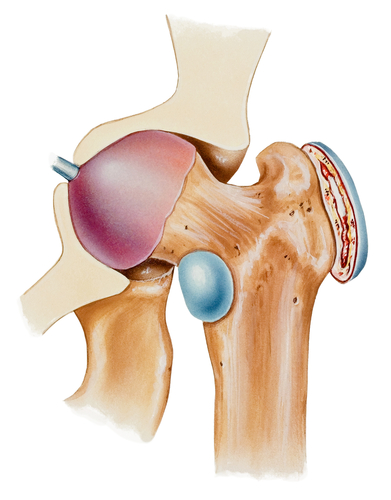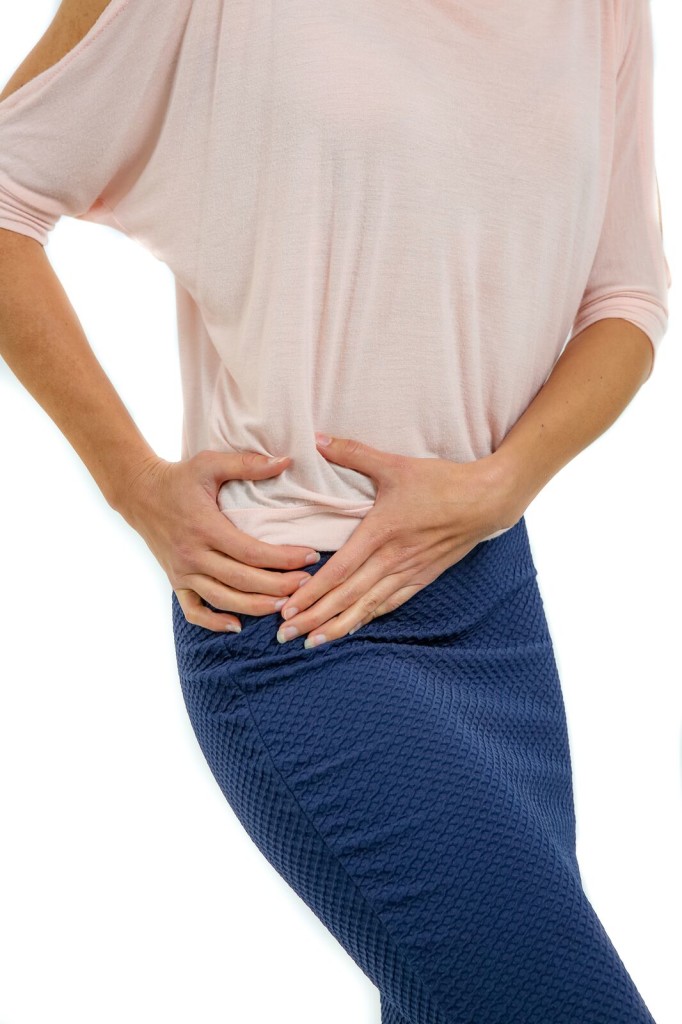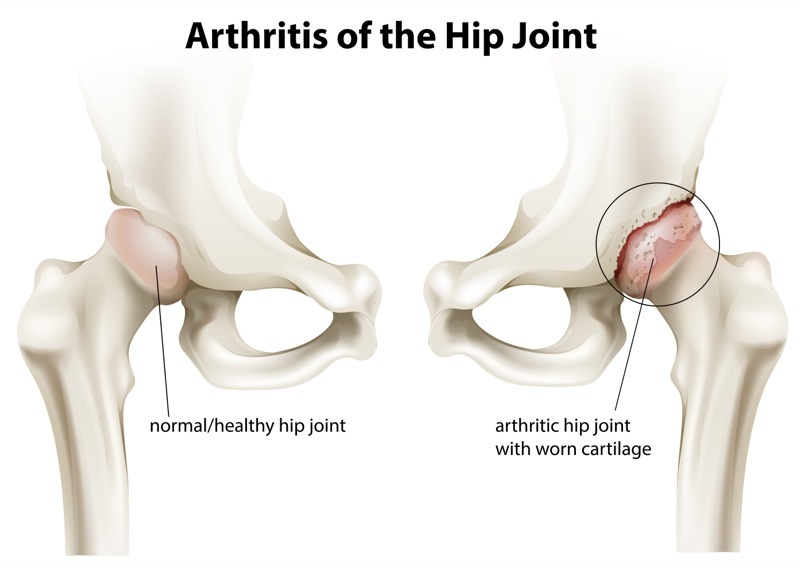HELP FOR HIP PAIN IN THE BAY AREA WITH ESWT
TYPES OF HIP PAIN THAT CAN BE HELPED WITH ESWT
- Chronic Trigger Points
- Avascular Necrosis
- Hip Arthritis
- Trochanteric Bursitis
CHRONIC HIP TRIGGER POINTS AND HIP PAIN
Myofascial trigger points can play an important role in chronic pain and an alteration in hip joint mechanics. This can lead to damage of the hip joint in the form of degeneration and arthritis. We have even had people come to us in our San Jose and Los Gatos offices who were recommended for surgery based on a medical evaluation but, after a course of ESWT care for their hips, were functional again.
Too many middle aged people are getting hip replacement surgery. The Piezowave 2 is delaying and even eliminating the need for surgery.
Trigger points can be detected by:
- Palpation [1]
- MRI scan [2]
- Infrared thermography [3]
- Ultrasonography [4]
- Diagnosed and treated with the Piezowave 2 ESWT [5].
Trigger points are irritable points within the muscle that radiate and affect other areas of your body. Whatever the hip problem, trigger points usually play a vital role in bringing back the function of the hip and the Piezowave 2 has been shown to eliminate trigger points.
The three muscle groups that refer pain to the hip joint are the Quadratus Lumborum (QL), the Tensor Fascia Latae (TFL) and the Piriformis. All are easily accessible with our Piezowave 2 machine. The German study showed objective before and after MRI trigger point changes in trigger points and decreased pain. They believe that the Piezowave 2 increased proteolytic enzyme activity that and when you are being treated you feel it working.
AVASCULAR NECROSIS OF THE FEMORAL HEAD (AVNFH)
Your bones need a regular supply of blood to stay alive. When blood is decreased, a dying-off, or necrosis, occurs. In the hip this is called Avascular Necrosis of the Femoral Head and, if it continues, the femoral head will crumble and collapse. The joint cartilage then tends to degenerate and the joint becomes severely arthritic.
Trauma, Cortisone use, alcohol abuse, autoimmune diseases and other conditions contribute to causing AVNFH.
One of the most researched results from ESWT is the result of angiogenesis or blood vessel proliferation. This is exactly what someone with avascular necrosis needs and now there is research to back up the claims:
“…application of shockwave results in regeneration effects in hips with osteonecrosis of the femoral head.” [6]
“… therapeutic effect in the repairing and reconstructing osseous tissue.” [7]
“The overall clinical outcomes were improved in 83%…” [8]
“…this method may offer an alternative to invasive treatment modalities for femoral head necrosis.” [9]
In the Ma study microvessel density, vascular endothelial growth factor and mRNA expression were increased for as much as 12 weeks after ESWT. [10]
All of this combined with the clinical results we have seen in our office with the Piezowave 2 are giving people hope.
NOTE: Hip trigger points can radiate down the leg and into the outer part of the knee creating something called IT Band Syndrome.
HIP ARTHRITIS AND ESWT
Working outside of The Villages retirement community in San Jose, CA, we have seen hip arthritis from a small joint restriction to hip replacement. When the ball-and-socket joint of you hip takes a lot of wear-and-tear, the long-term result is osteoarthritis. Osteoarthritis is a common cause of hip pain and extracorporeal shockwave therapy (ESWT) is showing promising results for arthritic joints.
The pain with hip arthritis is often a stiffness in the groin and pain can spread from there. Extracorporeal shockwave therapy can help arthritic hips by:
- Increasing tendon elacticity
- Taking pressure off of the arthritic hip joint
- Increasing blood flow to arthritic hips [6]
- Helping heal osteoporotic arthritic hips [11]
People have come to our offices in San Jose and Los Gatos thinking they needed surgery for their hip arthritis and knees that are leading active lives again without the need to get cut open.
ESWT and TROCHANTERIC TENDINITIS / BURSITIS

Cross section of the trochanteric bursa
If you have pain on the side of your hip, you may have trochanteric tendinitis or bursitis. Overstraining of the surrounding muscles and ligaments on the side of the hip can lead to inflammation and intermittent pain. The good news is that extracorporeal shockwave therapy (ESWT) can help.
In one study, people who suffered from greater trochanteric bursitis for approx. 14 months and had tried many other modalities still had significant decreases in pain with ESWT [12].
With Trochanteric Bursitis it is important to have a proper evaluation of your hip mechanics, inflammation in the area, possible scar tissue and any trigger points. With this condition, in particular, a doctor with excellent palpation skills is imperative. For this reason, you will be evaluated by one of our doctors of chiropractic to determine location and penetration depths of your treatment.
Some techniques to aid in your hip’s recovery:
- See our “Foam Rolling and Stretches for Hips” video
- With caution, begin to strengthen your glutes and hip (video)
- Weight loss, to reduce pressure on your hip
- Avoid activities that cause pain while receiving ESWT care



